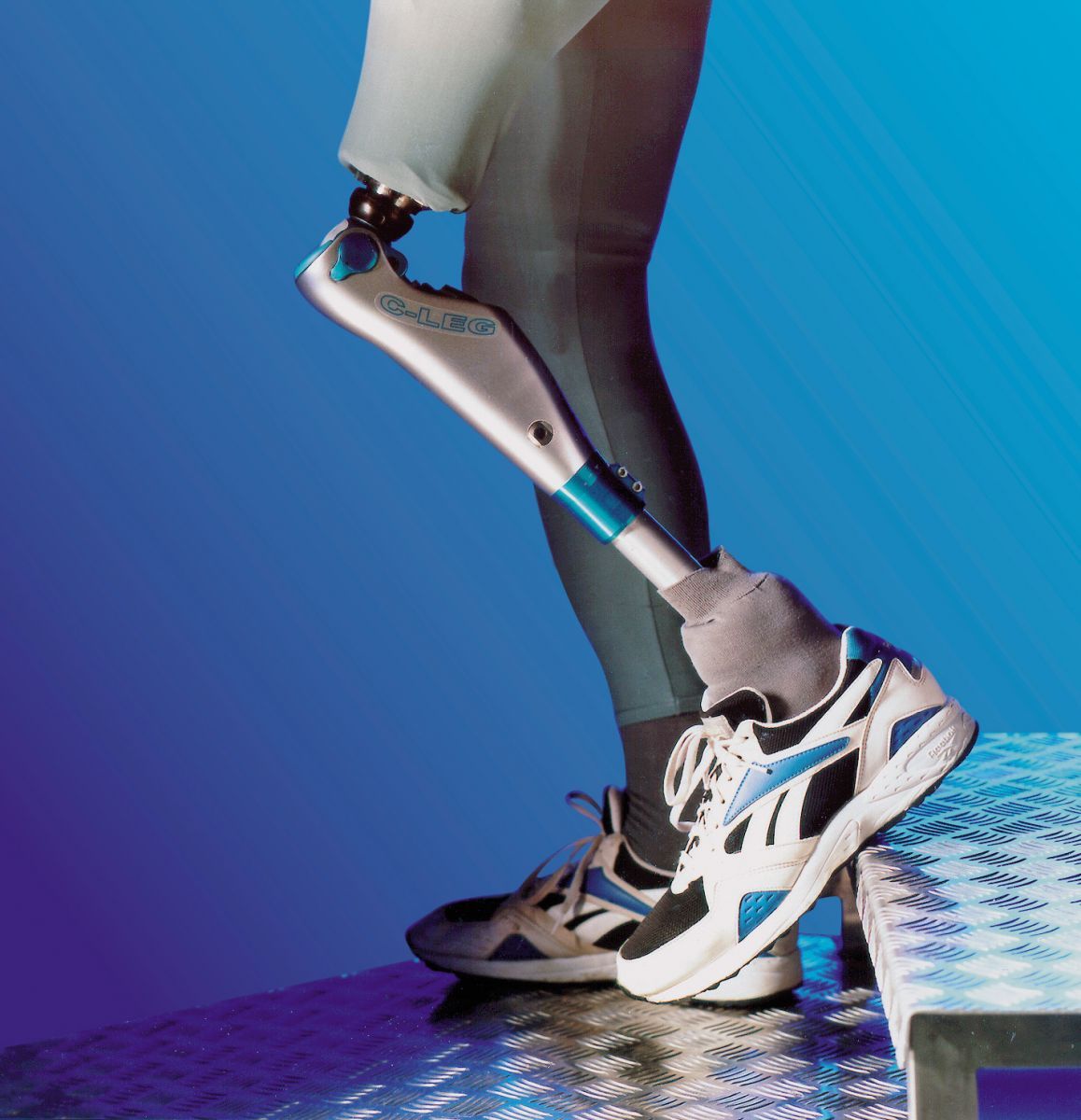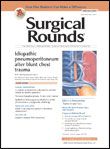Treating Amputees in Pain with Targeted Nerve Implantation
Up to one-quarter of the 1.6 million amputees in the United States develop painful neuromas that can interfere with even the most carefully fitted prosthetic devices.

Up to one-quarter of the 1.6 million amputees in the United States develop painful neuromas that can interfere with even the most carefully fitted prosthetic devices.
Neuromas develop because axons sprouting from the proximal nerve stump have no distal target in which to reinnervate. Surgeons treat neuromas with targeted nerve implantation (TNI), a procedure that implants the proximal amputated nerve stump onto a surgically denervated portion of a nearby muscle at a secondary motor point. If successful, the procedure creates regenerating axons that spread into the intramuscular motor nerve branches rather than from a neuroma. As TNI may prevent or diminish neuroma-related pain, scientists continue to evaluate TNI’s value and efficacy.
Researchers from the University of Washington in Seattle structured a study to determine whether TNI prevents primary neuroma-related pain in the setting of acute traumatic amputation, as well as address the procedure’s potential to reduce established neuromal pain in upper- and lower-extremity amputees. Their results appear online April 11, 2014, in Clinical Orthopaedics and Related Research.
The researchers examined 2 groups of patients who were under the care of a single surgeon. Group 1 consisted of 12 patients who underwent primary TNI for neuroma prevention at the time of acute amputation, while Group 2 included 23 patients who had developed neuromas after amputation and underwent neuroma excision with secondary TNI. Using medical records as a data source, the authors used the presence or absence of palpation-induced neuroma pain at the last follow-up as a primary outcome measure.
Patients in Group 1 were followed for at least 8 months while those in Group 2 were followed for at least 4 months. In Group 1, 92% were free of palpation-induced neuroma pain at last follow-up, and in Group 2, 87% remained pain-free. Only 8% of patients developed neuroma pain within 20 months. Since the current overall rate of neuroma after amputation is up to 25%, the rates reported in this study represented an improvement.
Although the study findings were positive, they were limited by the small sample size and the possibility that patients’ pain was caused by something other than neuroma, such as ossification. The researchers noted that by providing a distal target for regenerating axons, TNI may effectively treat neuroma pain in amputees. However, the procedure had little effect on other types of pain related to amputation, including centrally mediated phantom limb pain.
